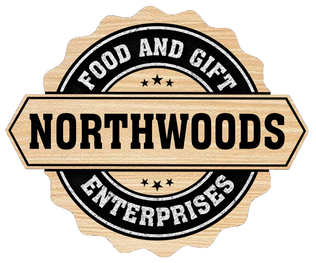Addressing questions regarding the ingredients we use and why our cheese is shelf stable.
The color we use is made from extracts of paprika and turmeric, both
natural spices and relatively expensive. This high price we believe is worth
the consistent color quality we receive from its use. Incidentally, this
color is very resistant to fading due to the lighting typically found in
grocery outlets.
Additionally, we do not use any artificial ingredient in any recipe.
The cheese is considered "shelf stable" due to its composition.
Specifically, its pH (the measure of a product's acidity) is between 5.6 and
5.8. These pH levels are considered inhibitory to bacterial growth, even
when the cheese is stored at room temperature. Also, bacteria needs a significant amount of moisture to live. Our cheese has a relatively low moisture of approximately 44%, a level which is not conducive to bacterial growth. We also cook our cheese to 180 degrees which tends to kill almost all bacteria. We then package our cheese in an atmosphere modified package in which we vacuum out all oxygen.
From marketing and energy-saving standpoints, retail food establishments have an interest in storing processed cheese products at ambient temperature rather than under refrigeration. In order for them to do so, however, the potential impact on the safety and quality of these products must be first understood. The most common forms of processed cheese products sold at retail food establishments are processed cheese slices or loaves. These products may be labeled as "processed cheese" and "processed cheese foods" on the basis of different formulation criteria. The standard of identity for a processed cheese food is "a food prepared by comminuting and mixing, with the aid of heat, one or more cheeses of the same or two or more varieties, except cream cheese, neufchatel cheese, cottage cheese, lowfat cottage cheese, cottage cheese dry curd, cook cheese, hard grating cheese, semisoft part-skim cheese, part-skim spiced cheese, and skim milk cheese for manufacturing with an emulsifying agent into a homogeneous plastic mass" (Cheese and Related Cheese Products, 21 CFR [section]133, 2006).
There are thermal processing requirements, and formation adjustments can be made to reduce or minimize growth of microbial contaminants. During preparation, pasteurized processed cheese is heated for at least 30 seconds at 66[degrees]C or above. Acidifying agents (vinegar, lactic acid, citric acid, acetic acid, and phosphoric acid) may also be used to restrict microbial growth. Pasteurized processed cheese in the form of slices in consumer-sized packages may also contain mold-inhibiting ingredients (e.g., sorbic acid, potassium sorbate, sodium sorbate, propionate, calcium propionate) (Cheese and Related Cheese Products, 21 CFR [section] 133, 2006).
Basically, our shelf stable cheeses fall under the FDA’s Low Acid Canned Foods regulation. It is a separate registration where we have submitted the proper/appropriate information from our process authority. Our FCE (Food Canning Establishment) number is – 02643.
iption for this product here...



